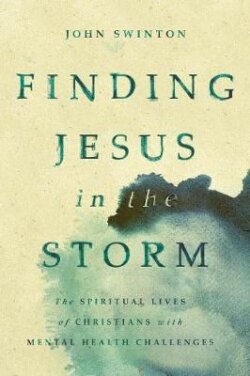Читать книгу Finding Jesus in the Storm - John Swinton - Страница 31
На сайте Литреса книга снята с продажи.
Thin Spirituality
ОглавлениеWhat we end up with is a very thin mode of spirituality that is terrified of offending anyone. No longer do we have deep, thick descriptions of spirituality, richly narrated spiritual encounters with God, angels, or demons. We have prayer, worship, and sometimes a loose affiliation to religion, but involvement with what God is doing in the world is optional, if it is included at all. Instead, spirituality is thinned down and renarrated in terms of personal choices and practical psychological utility (does it make you feel better?). The efficacy and acceptance of spirituality are gauged by the effect of particular behaviors—prayer, meditation, church attendance—on a person’s well-being, with “well-being,” once again, being viewed primarily in relation to an individual’s hopes and desires. One can choose the God who created the universe and who flung the stars into space, or one can choose a walk in the park. Both are assumed to be pretty much the same thing in terms of spiritual worth.
Practical utility is key. “Does it work?” “What benefits can it bring to people?” “How can it help us feel healthier?” This kind of spirituality is a spirituality from below—a spirituality that may include transcendence, but only as one option among many others. It makes little difference whether God is real. What matters is whether we choose God as a lifestyle option. Rather than introducing something that is radical and new, this mode of spirituality is designed to help certain culturally bound conceptions of spirituality fit in with current practices and assumptions. Instead of transforming mental health-care practices into something radically different from what is available currently, it is deeply shaped and formed by what is already going on in health-care institutions. It is a spirituality from below that takes its shape not from the urgings of the Spirit of God but from the nature and spirituality of health-care institutions.
